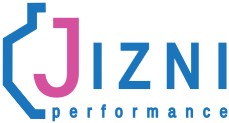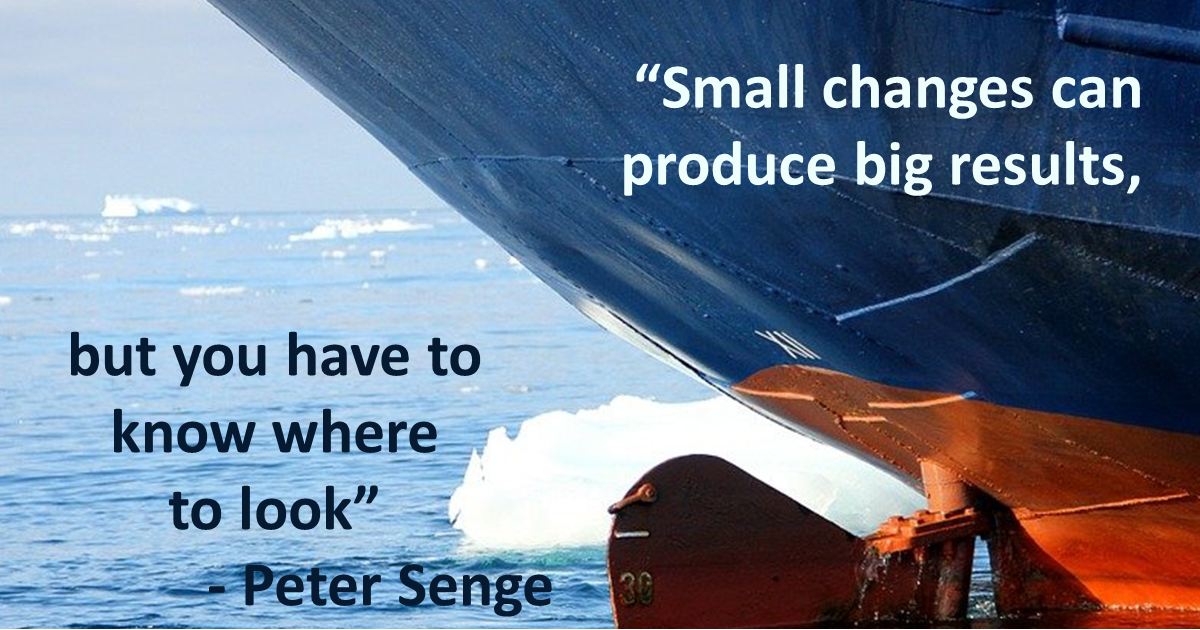No products
Manufacturers
Categories
- AK-47 Pattern Rifles
- AR-15 Accessories
- Beretta Accessories
- Canik Accessories
- CZ Accessories
- CZ P-07 & Duty
- CZ P-09
- CZ P-10 Series
- CZ Shadow 1
- CZ Shadow 2
- P-01 / Compact
- P-01 Omega
- CZ 75 B
- CZ 85
- CZ 75 Tactical Sport
- CZ Scorpion
- Older CZ 75 (Pre-B)
- CZ 97 B
- CZ Branded Items
- Glock Accessories
- GLOCK Gen 1 - 3
- Holsters (Glock)
- Magazine Pouches (Glock)
- Competition rigs (Glock)
- Magazines (Glock)
- Performance Parts (Gen 3)
- Sights (Glock)
- Optic Mounts (Glock Gen 3)
- Lights / lasers (Glock)
- Spare Parts (Gen 3)
- Tools (Glock)
- Carbine Conversions (Gen 3)
- Grip Enhancements (Glock)
- Magazine Wells (Gen 3)
- Magazine Bases (Gen 3)
- GLOCK Gen 4
- Holsters (Glock)
- Magazine Pouches (Glock)
- Competition rigs (Glock)
- Sights (Gen4)
- Optic Mounts (Glock)
- Lights / lasers (Glock)
- Performance Parts (Glock Gen 4)
- Magazine Wells (Gen 4)
- Magazines (Glock)
- Magazine Bases (Gen 4)
- Tools (Glock)
- Spare parts (Glock Gen 4)
- Grip Enhancements (Glock)
- Carbine Conversions (Glock)
- GLOCK Gen 5
- Glock Slimline
- Holsters (Glock Slimline)
- Magazine Pouches (Glock Slimline)
- Magazines (Glock Slimline)
- Magazine Bases (Slimline)
- Performance Parts (Glock Slimline)
- Sights (Glock Slimline)
- Lights / lasers (Glock Slimline)
- Tools (Glock)
- Grip Enhancements (Glock Slimline)
- Optic Mounts (Slimline)
- Spare parts (Glock Slimline)
- Glock Branded Items
- GLOCK Gen 1 - 3
- Sig Sauer Accessories
- Smith & Wesson Accessories
- Vektor Accessories
- Long guns (rifle / shotgun)
- Lights and Lasers
- Gun Belts
- Gun Slings
- Training Aids
- Range Time
- Gun Care
- Reloading
- Miscellaneous
- Featured Products
- Tools
- End of line specials.
- Optical Sights
- 1911 Accessories
The Eight Law of Systems Thinking
Small, well-focused actions can sometimes produce significant, enduring improvements if they’re in the right place. Systems thinkers refer to this principle as leverage.
Tackling a difficult problem is often a matter of seeing where the high leverage lies, a change which — with a minimum of effort — would lead to lasting, significant improvement. The only problem is that high-leverage changes are usually highly nonobvious to most participants in the system."
- Peter Senge, The Fifth Discipline.
The most frequently used example of this is the rudder on a large oil tanker. Actually - the trim tab on the rudder on a large oil tanker. Adjusting this small tab can change the direction of the massive tanker without requiring proportional effort.
Small changes can produce big results
I am particularly fond of another example, involving a different type of gun control: A lot of us - particularly the more analytically inclined - start breaking down our stage times soon after taking up action shooting sports. Initially, we divide the elephant into parts. This teaches us that shooting faster and faster splits looks and sounds nice, but it does not reduce the size of the elephant significantly. Other parts of the animal - movement and transition - are larger parts of the elephant. But these also take many forms. So focusing on these has better results, but they still require practising many different actions. They are not highly leveraged. Then, by chance or by design, most of us realise that every technique has one thing in common:
Every technique ends in the trigger being pulled.
If I improve my trigger control, everything else becomes easier. Suddenly, ten other techniques become easier because they do not have to end with the sights exactly in the middle of the target. If the sights don't move when I pull the trigger, anywhere on the scoring surface is suddenly good enough.
Then we learn about shot calling. If I can see where my sights were when the trigger was pulled, I can take quick corrective action. This means I don't have to double-check every sight picture before pulling the trigger.
Talking about sight pictures; if the sights do not need to be exactly in the centre of the scoring zone, I don't have to use a perfect sight picture for every shot. On closer targets, I can get away with only the front sights, and on even closer targets the silhouette of the slide is perfectly fine.
Trigger control, sight calling and faster sight pictures did not feature in our initial Pareto analysis. They were high leverage actions, hidden in the system.
But where do I look for this leverage in the current firearm control system?
If you know where to look
Every legal firearm owner goes through a competency process.
There is your leverage point.
Somebody already looks at every person, with the authority to say "No. This person should not have a firearm." And to defend that decision in court, if needs be.
If licensed gun owners were really an issue, we should have seen a lot of effort to improve that decision. But have we?
I think not. In my next post, I'll show how CFR took the easy way out to reduce numbers, rather than increasing the quality of the decision. In other words, reducing numbers, but not the right numbers.



